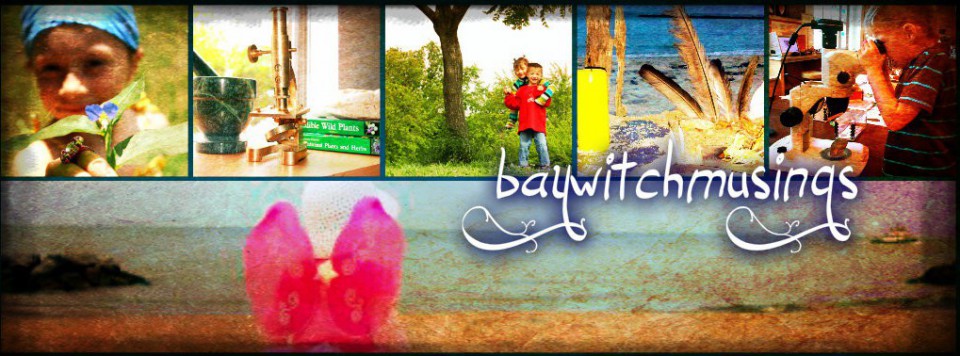Tags
First Tea for the Day: Chamomile and Lemon Balm with a dollop of honey
Quote of the Day: And forget not that the earth delights to feel your bare feet and the winds long to play with your hair. (Khalil Gibran)

Lino print tiles from “Maiden, Mother, Crone” series by Kimberly Hagen
Plug of the Week: So, my very very very awesome friend Kim just had her first art exhibit in Scotland (YAY KIM!!) and has opened up an etsy shop. She also has prints as well as skins of her artwork available for ipods and the such. Be sure to “like” her on Facebook, where she’s going to be doing a drawing/giveaway deal.
Herb of the Week: Milkweed (Asclepias sp.)
There are around 140 species in the genus Asclepias, which is listed as part of a subfamily of the dogbane family (Apocynaceae). Milkweeds were named for the Greek god Ascelpius, for their role in folk remedies such as wart removal and blood clotting (external use of the juice of the plant, which contains a sort of latex). Many milkweeds, though a favorite food of Monarch caterpillars (and essential to the Monarch lifecycle), can be toxic if ingested improperly by most animals and humans (some tribes use these species to poison their arrow tips). Additionally, some people have a reaction to the sap of milkweed, even the relatively mild common milkweed.
 Common milkweed (Ascelpias syriaca), according to Steve Brill, can be a “delicious wild vegetable” for the experienced forager. It looks quite similar to a dogbane, a toxic relative. Common milkweed grows in the eastern US–western species are toxic. The edible parts of the common milkweed include are the shoots in mid-spring, the flower buds and flowers in early summer and the immature pods in mid-summer. It should be boiled in two changes of water before preparation.
Common milkweed (Ascelpias syriaca), according to Steve Brill, can be a “delicious wild vegetable” for the experienced forager. It looks quite similar to a dogbane, a toxic relative. Common milkweed grows in the eastern US–western species are toxic. The edible parts of the common milkweed include are the shoots in mid-spring, the flower buds and flowers in early summer and the immature pods in mid-summer. It should be boiled in two changes of water before preparation.
Paul Beyerl recomends milkweed as a garden plant to encourage nature spirits, and as a magical plant to enhance creativity and imagination, and assigns it the planetary correspondence of Jupiter. He also comments that milkweed can be used in child blessings, which (in my parental opinion) is a bad idea, due to its toxicity and risk of causing dermatitis.
Tarot Card of the Day: Two of Wands
The Twos not only speak of duality, but also of instinctual knowledge. You have accomplished much, now a choice is required. Will you continue on the same path, or veer off in another direction and enter into an unknown field.
A change in lifestyle or perhaps a change in a relationship is imminent. Perhaps something unexpected is about to occur. Using your intuition is important in how you handle an unforeseen situation.
Twos speak also of originality, boldness, personal power, commanding attention and respect from others. Wands meaning energy and creativity and passion, could also point to creativity of nature. Focused energy is needed to progress in a forward motion, to not be distracted.
from Aeclectic Tarot
This Morning’s Wildlife Spotting: Whelks
The beach has been a bit windy for the past few days, and we found a number of pretty sizable whelk shells. We can find a number of whelk shells on our beach including the knobbed whelk, the lightening whelk and the channeled whelk. A number of sea snail families are referred to as whelks (and whelks are often mixed up with conchs), but the family of so-called “true whelks” are in the family Buccinidae, of some 1,500 species world-wide. Many whelk species are edible and they even have a history of economic importance as currency.


